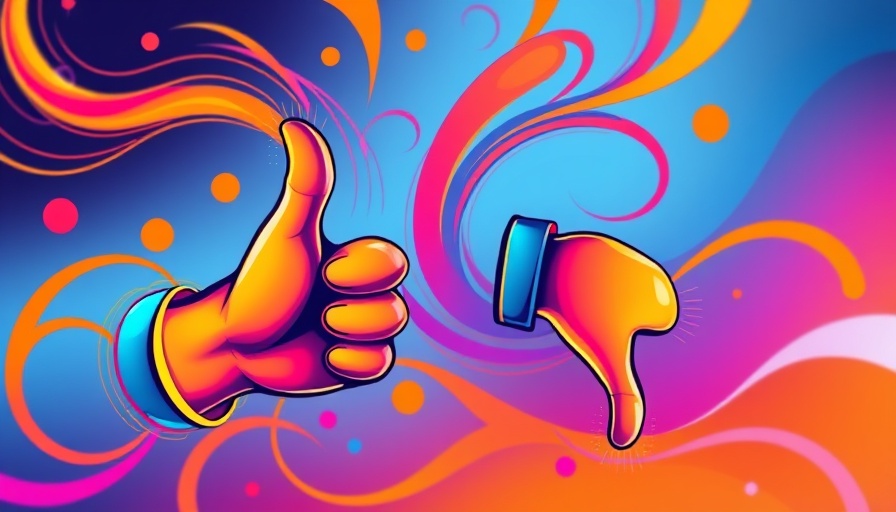
Understanding the Landscape of Digital Advertising
In a digital-first world, businesses are increasingly allocating their marketing budgets toward online advertising, funneling a staggering $550 billion into platforms like Google Ads and Facebook Ads in 2022 alone. This surge in spending signals a key truth: effective digital marketing can propel growth in sales, leads, and revenue, but navigating the vast landscape of options is essential.
Connecting with Audiences: Google vs. Facebook
When it comes to choosing between Google Ads and Facebook Ads (now known as Meta Ads), understanding how each platform connects with users is vital. Google Ads specializes in capturing purchase intent, thriving on keywords that consumers actively search for. This positions Google as a robust force for advertisers aiming to reach potential customers at the precise moment they express interest in a product or service.
On the flip side, Facebook Ads cater to a more casual browsing experience. Users come to Facebook to connect, share, and explore, making it a different kind of advertising playground where businesses can organically relate to their audience through engaging content and brand storytelling.
Why Google Ads Reigns Supreme
Professionals and business owners often favor Google Ads for its vast reach. Accounting for more than 75% of all PPC marketing, Google boasts over 360 million searches per hour in the U.S. alone. This makes it a prime platform for businesses focused on immediate purchases.
Google's advertisements reach users actively seeking solutions, providing an attractive opportunity for brands to showcase their products front and center. Furthermore, Google's varied advertising channels—from Shopping Ads to remarketing—allow businesses to utilize a multifaceted approach, accommodating diverse marketing objectives.
Cash Flow and Competition: The Challenges of Google Ads
However, the allure of Google Ads is tempered by some challenges. Businesses must grapple with higher average cost-per-click rates compared to other platforms. The competition is fierce, meaning the price to play can escalate quickly. While companies may enjoy higher click-through rates, an average CTR of about 3% often comes at a greater financial cost.
Facebook Ads: A Different Strategy for Engagement
In stark contrast, Facebook Ads provide a unique advantage: they allow brands to engage users where they are socially active. Ads inserted into users’ News Feeds can evoke an emotional response, prompting users to consider brands in a less transactional context. This approach has proven effective for brand awareness and engagement, particularly for businesses focused on community building or niche markets.
Facebook's targeting capabilities enable advertisers to refine their audience based on interests, demographics, and behaviors—an attribute that many businesses find appealing. For less direct selling strategies or for brands seeking to nurture connections, Facebook can be invaluable.
Balancing the Scales: Which Platform Should You Choose?
Deciding between Google and Facebook Ads is not straightforward; it largely depends on your business model, marketing objectives, and target audience. If your goals are immediate sales and you are prepared to invest in a high-traffic platform, Google Ads may be your best bet. Conversely, if you are looking to build brand image and foster community engagement over time, Facebook Ads might provide better returns.
Conclusion: Tailoring Your Strategy
Ultimately, the most effective strategy might not lie in choosing one over the other but rather in leveraging both platforms complementarily. Employing a mix of Google and Facebook Ads can present a comprehensive approach to reach a wider audience, optimize engagements, and ultimately drive conversions.
As you refine your digital marketing strategy, consider this current landscape. Keeping an eye on trends in PPC, exploring the latest digital marketing news, and embracing innovative techniques such as video marketing strategies can elevate your online presence.
Explore the potential of integrating Google Ads, Facebook Ads, and beyond to create a balanced, effective marketing approach tailored to your audience's needs.
 Add Row
Add Row  Add
Add 




Write A Comment